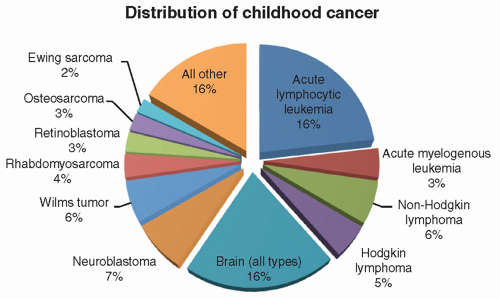Children Cancer Stories
by Rukh Yusuf - Blog # 20
I am Rukh Yusuf,
Clinical Pharmacist, also specialized in Total Parenteral Nutrition and Bone
Marrow Transplant. I have been working in Pediatric Oncology unit of a public
hospital for several years. The mission of this blog is to bring to you the
real-life stories of child patients suffering from cancer. Cancer is still a
difficult disease to handle and treat. However, when it strikes the children,
some so young that they cannot even speak, their agony is beyond expression and
words. Let us pray especially for children suffering from cancer for early and
complete remission. May Allah shower His Merciful Blessings upon them. Aameen.
“To feel intensely is not a
symptom of weakness…”
Highly sensitive people are
too often perceived as weaklings or damaged goods. To
feel too intensely is not a symptom
of weakness, it is the trademark of the truly alive and compassionate people. Sensitivity is a symbol of strength.
My
today’s warrior is symbol of sensitivity and strength who is only 10 years old.
Aqeel has gone through too much in just ten years of his life. He has been
operated for cholecystectomy and for abdominal mass four months ago. His stomach
got gangrenous, and he had to undergo another surgery for stomach
resection. Aqeel is suffering from Colon
Cancer (CA Colon). He has received three cycles of chemo so far and still under
treatment.
CA
Colon is a cancer that can occur anywhere along the colon
(large intestine). Colon carcinoma (adenocarcinoma of colon) in
children, although rarely discovered, comprises approximately 1% of pediatric
neoplasms. It is also the most common primary gastrointestinal malignancy in
children. However, due to the low awareness of the disease,
diagnosis is usually delayed until the disease is in the advanced stage,
causing prognosis to be extremely poor compared with that of adults.
Colon carcinomas
are diagnosed in stages 0 to IV, depending on how severe the disease is. At
stage 0, the cancer is still contained within the immediate area where it is formed.
By stage IV, the cancer has spread outside the colon or rectum to at least one
other organ.
Childhood adenocarcinoma
of colon most often affects children with a family history of these cancers and
with an inherited condition called familial intestinal polyposis, if the
small-intestine polyps (growths) are cancerous
Symptoms of colon carcinoma
include pain in the abdomen (belly), Constipation or diarrhea. A lump in the
abdomen, unexplained weight loss, loss of appetite and blood in the stool.
Colorectal
carcinoma treatment is based mainly on the stage when the cancer is diagnosed.
For the best chance of a complete cure, the tumor must be completely removed by
surgery. If the tumor is too large to start with, chemotherapy and/or radiation
may be used to try to shrink it.
Stage 0 -
If the cancer is small enough, surgeons may remove the tumor along with any
precancerous polyps (growths) that may be present. If the tumor is large,
surgeons may take out the affected section of the colon or rectum and sew the
remaining parts back together.
Stage I -
Treatment usually involves surgery to remove the cancer along with a small
amount of tissue in the area. For most patients, no other treatment is needed.
Stages II and III -
Surgeons may remove the affected section of the colon or rectum and sew the
remaining parts back together.
Stage III -
Chemotherapy may be added following surgery.
Stage IV -
Treatment may include Surgery to remove the cancer, along with the tissue around
the cancer. The surgeon will then sew the remaining parts back together and
remove parts of other organs to which the cancer has spread. Chemotherapy
(“chemo”) is used to shrink the tumor before surgery and to treat any remaining
cancer. Chemo uses powerful medicines to kill cancer cells or stop them from
growing (dividing) and making more cancer cells.
The five-year survival
rate for adults is about 90% for stage I, 75% for stage II, 60% for stage III and
less-than 10% for stage IV. The rarity of colon cancer in patients less than 20
years old makes it hard to figure survival rates. Most information suggests
that younger patients often have stage III or IV disease by the time they are
diagnosed.
Aqeel belongs to
Multan, His father was doing a private job, but Covid and his disease left him
jobless. Aqeel has three sisters and two brothers, He is in middle. He was a
student of class six when he got disease, but he told with heavy heart that he
could not continue his education due to his disease and treatment. His little
pure heart is too much worried for the job of his father and studies of his
siblings and him. Aqeel is sensitive but strong. He is too sensitive towards
his family and aims to support his father after his recovery. He said he did
not feel hunger when he comes to hospital. His sensitivity has taken over his carefree
childhood. He does not like to play or eat like other children.
Prayers for
A
Note: Names have been changed to protect identity







